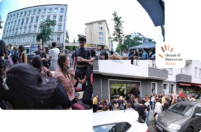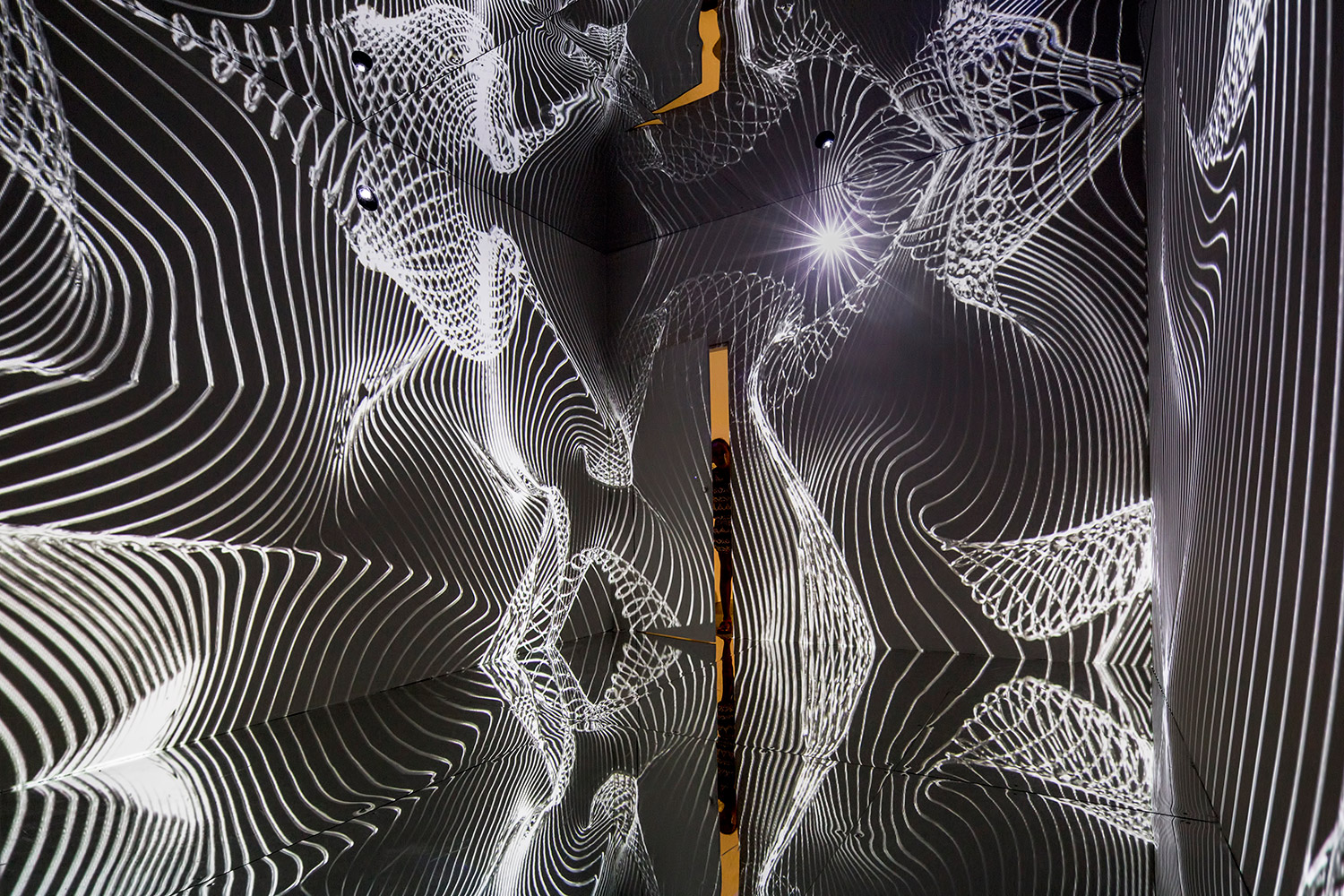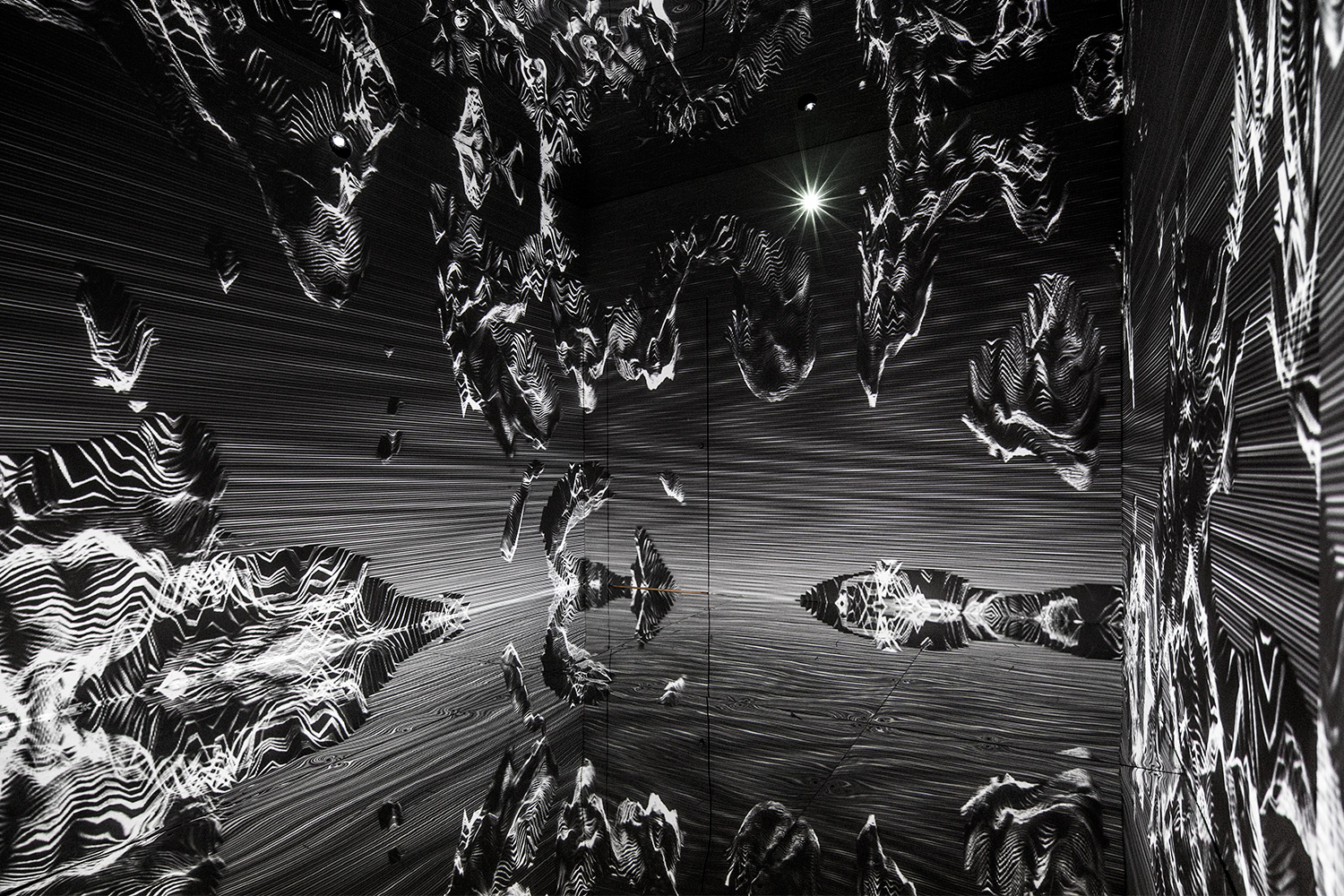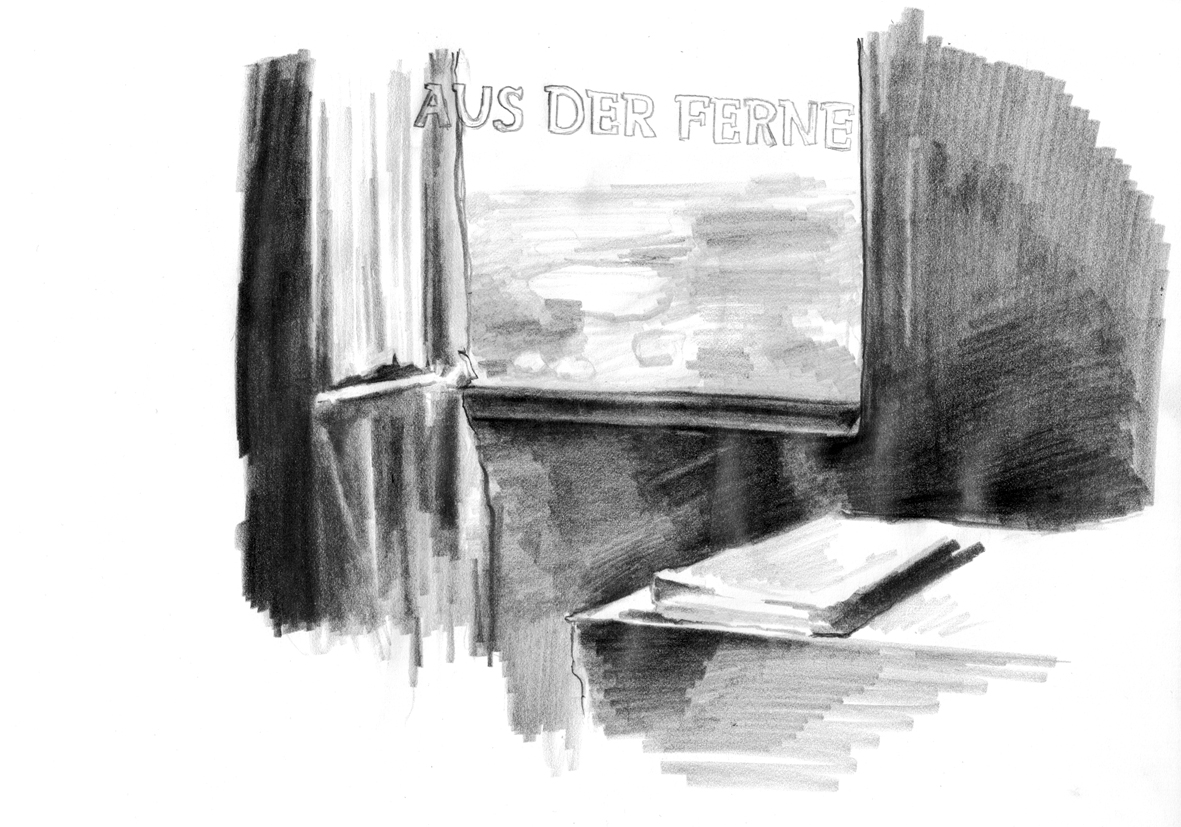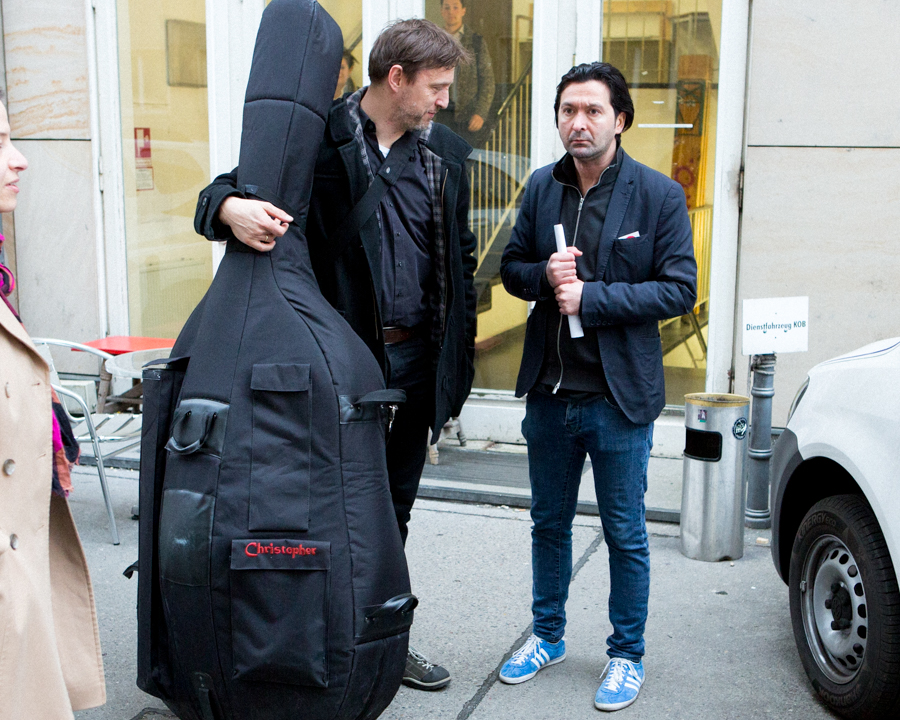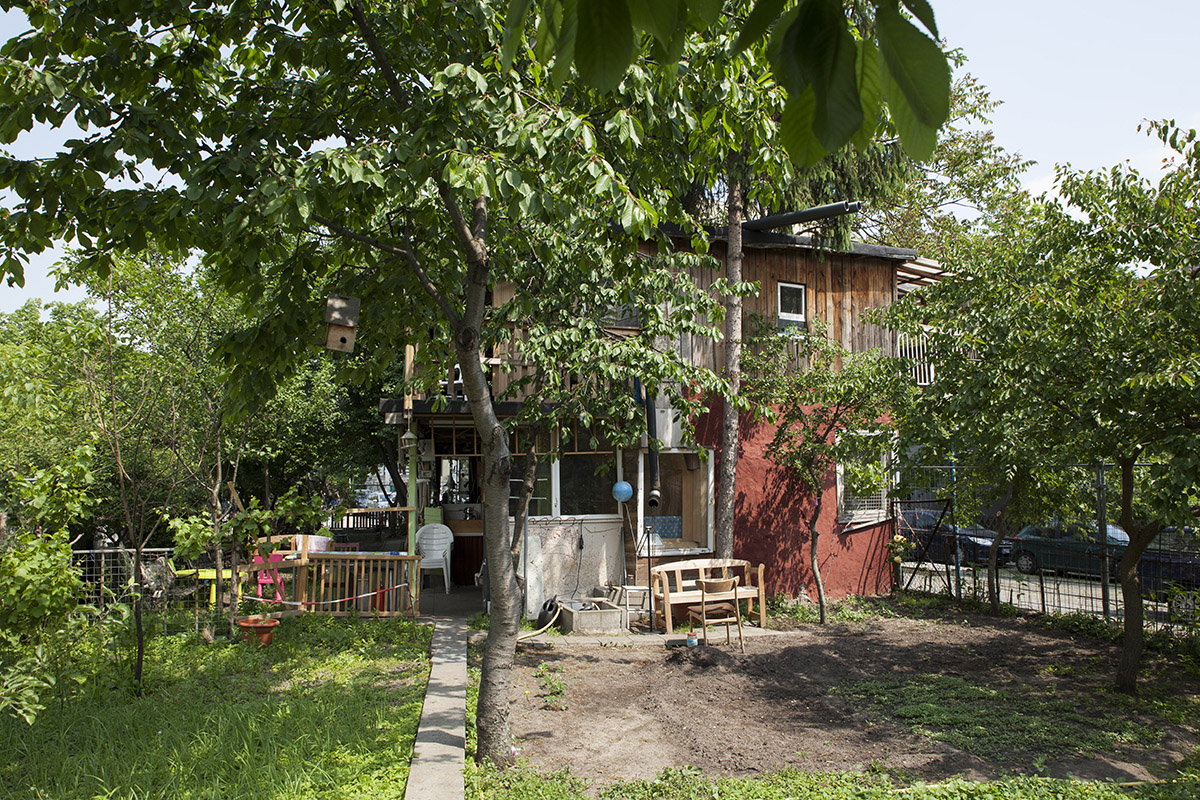We never will be able to completely understand how infinity feels. The way in which we understand it is not sufficient, as it simply surpasses our imaginations’ abilities. With his installation, “The Infinity Room“, artist Refik Anadol has tried to make it possible to experience at least a small piece of it.
Anadol, born in Istanbul in 1985, also studied Visual Communications there at Bilgi University. Following that, he relocated to Los Angeles for his Master’s, where he still lives and works as a creative director and visual director. In his work, the multiple award-winning artist always comes back to the question of how the omnipresent technologisation and a more and more fully-encompassing programmed environment affects fields such as architecture and art. How has our understanding of space changed in times when digital objects from smartphones to urbanscreen define our daily environment? And how is this change in thinking – this new understanding – used in art and above all in architecture in order to develop concepts that go deeper?
In Autumn 2015, the artist installed his so-called “Infinity Room“ as part of the exhibition “40 METERS 4 WALLS 8 CUBES“ in the Zorlu Center of Performing Arts in Istanbul. The projection is a part of his Temporary Immersive Environment Experiments series, with which Anadol wants to place the viewers in a condition of “immersion“. A condition that expands one’s consciousness, in which the viewer becomes less and less aware of their physical constitution and melts with artificial surroundings created through programming. Using various algorithms, Refik Anadol transforms a flat projection into a three-dimensional, architectonic created spaced whose goal is to separate the viewer from the premises in which the instillation is located.
Aside from sound and projection, one of the most important elements used for the audio-visual “Infinity Room“ is light. The effects are supposed to thereby blend the borders between reality and fiction, as well as between the physical and virtual spheres. While constantly changing linear forms, waves or vortexes are projected, the walls rapidly evaporate and offer the visitor, as the artist himself describes it, “the possibility to surpass the usual borders of a viewing experience“.
